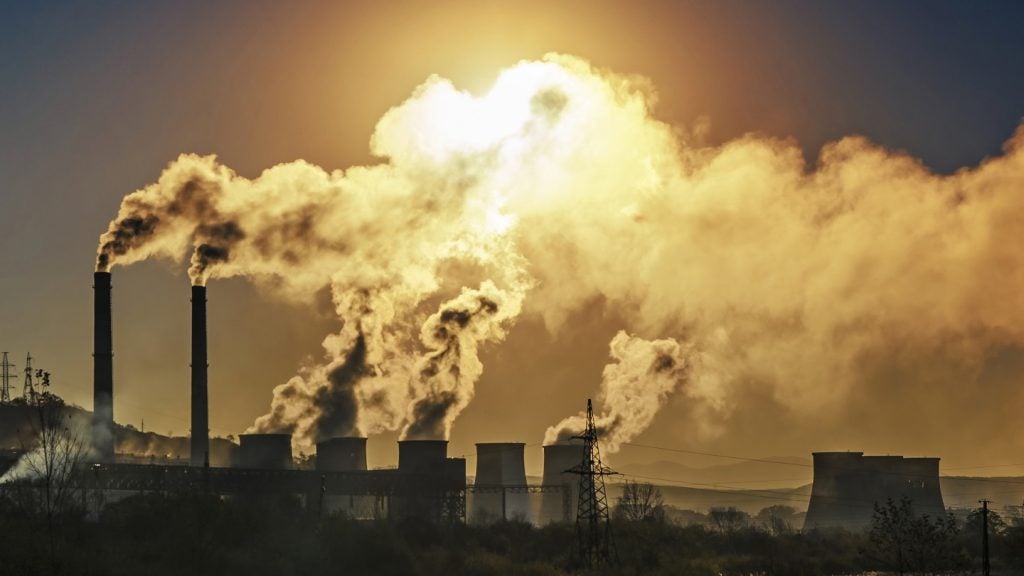Global consumption of fossil fuels such as coal and oil climbed to a record high last year, causing emissions to rise above 40 gigatonnes of carbon dioxide for the first time, said a report released by the Energy Institute.
Fossil fuel consumption rose by 1.5% to 505 exajoules, despite a concurrent rise in the use of renewable energy in 2023.
While advanced economies may have reached peak emissions from the energy sector, developing economies are continuing to increase their use of coal, gas and oil, according to the report.
Fossil fuels made up 81.5% of the world’s total consumption of energy, down from 82% a year before.
Oil consumption was up 2% to above 100 million barrels for the first time.
Renewable generation was up 13% to a record high of 4,748 terawatt-hours, helping fossils fuels to fall below 70% of primary energy production in Europe for the first time since the Industrial Revolution.
Europe’s gas demand also fell by 7% following a 13% fall the previous year, as the war in Ukraine continues to redivert gas supplies in Europe and some alternative sources of energy are sought.
India increased its fossil fuel consumption by 8%, with more coal being used in India than in Europe and North America combined for the first time.
As part of its post-Covid recovery, China’s fossil fuel use was up 6%, but as a share of primary energy it has been in decline since 2011, down to just over 80% in 2023.
Nick Wayth, chief executive of the Energy Institute, said: “The progress of the transition is slow, but the big picture masks diverse energy stories playing out across different geographies.”
He added: “In advanced economies we observe signs of demand for fossil fuels peaking, contrasting with economies in the Global South for whom economic development and improvements in quality of life continue to drive fossil growth.”
The Energy Institute is the chartered professional membership body for people who work across the world of energy.









